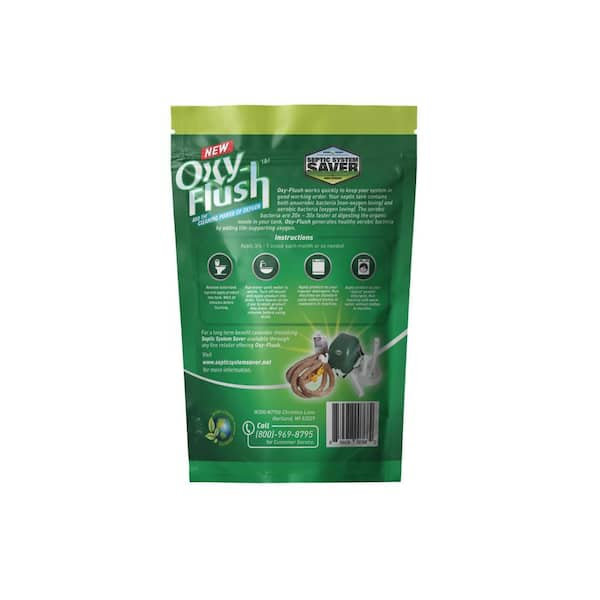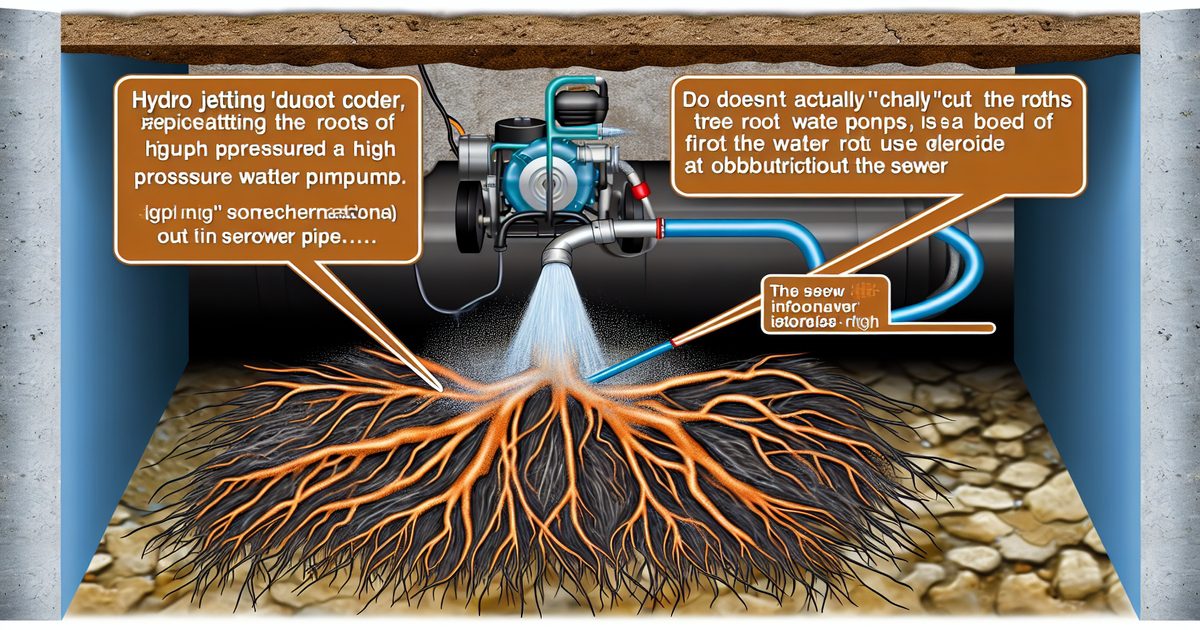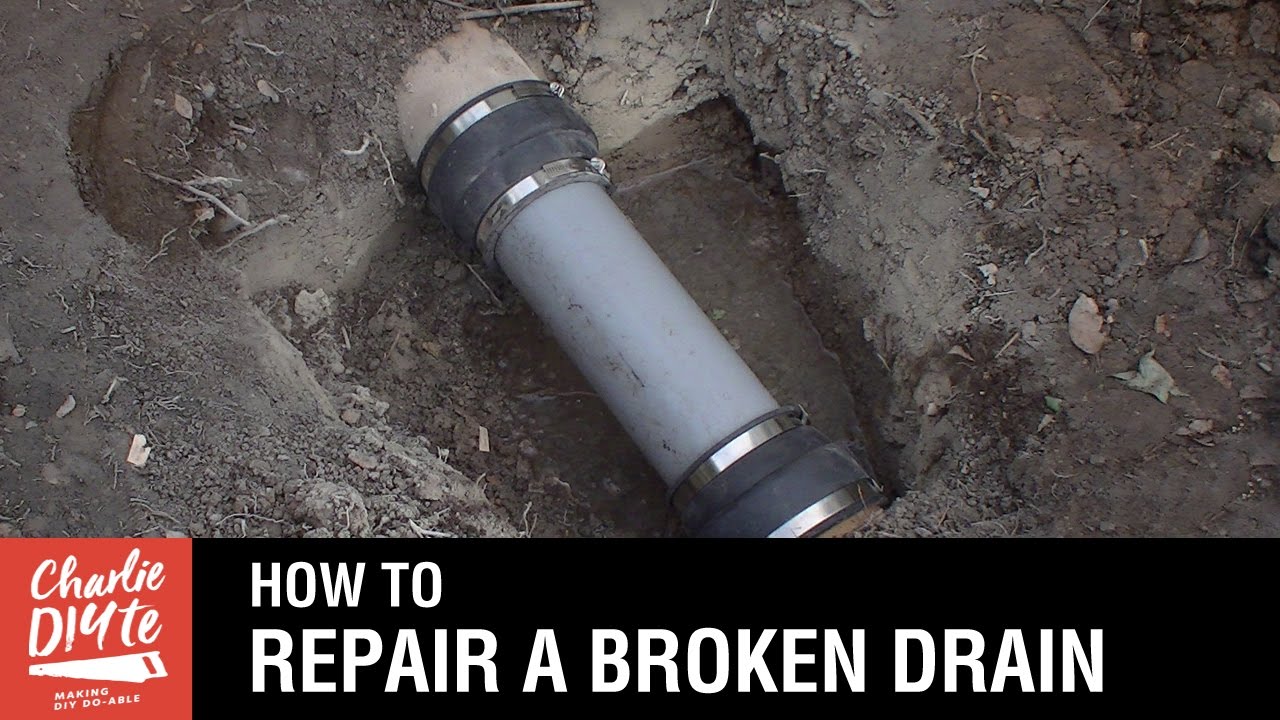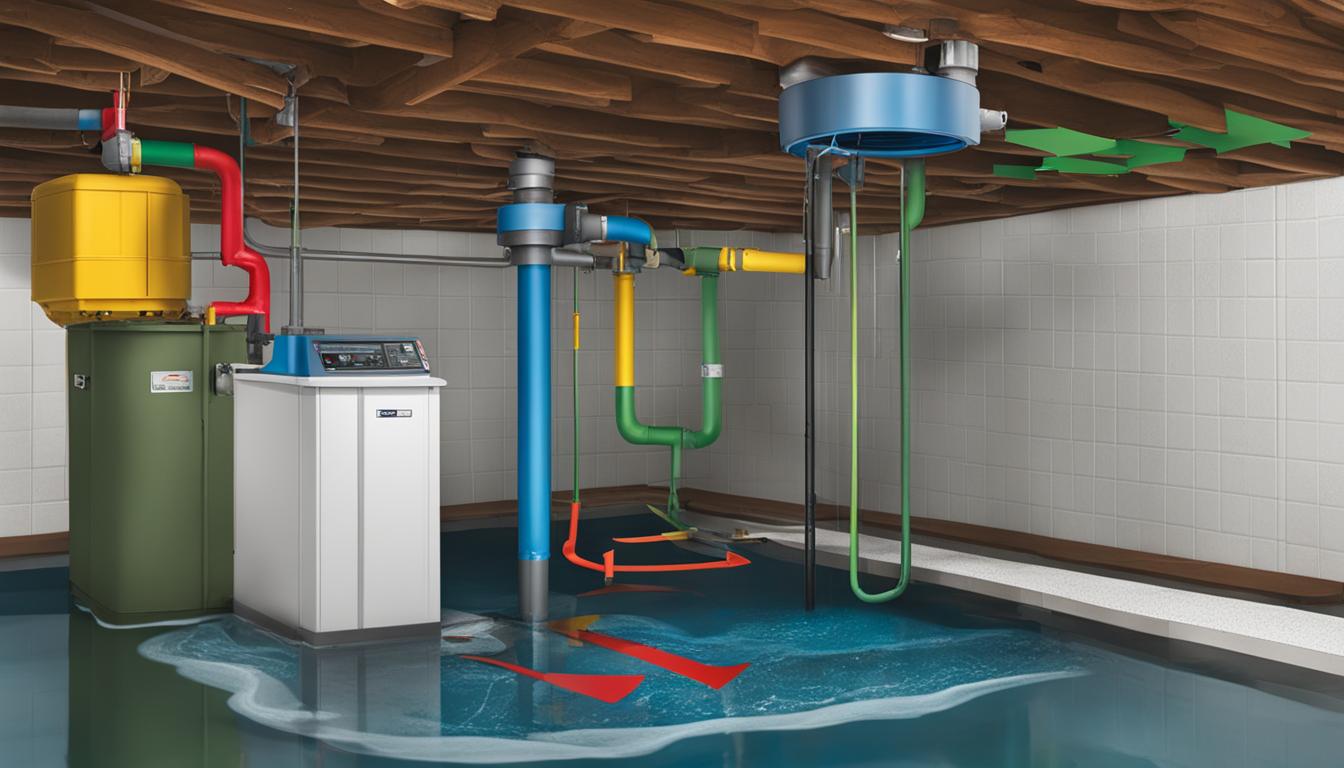To clean a septic tank, start by locating and uncovering the access hole, followed by pumping out the solids and sludge using a vacuum truck.
Importance Of Regular Septic Tank Cleaning
The Importance of Regular Septic Tank Cleaning cannot be overstated. By understanding the necessity for regular cleaning, you can prevent potential issues and costly repairs. Regular cleaning helps to remove accumulated solids and prevent blockages, ensuring the proper functioning of your septic system. This, in turn, helps to prolong the lifespan of your septic system, saving you money in the long run. Additionally, septic tank cleaning promotes a healthier environment by preventing groundwater contamination and the spread of harmful bacteria.
Signs Your Septic Tank Needs Cleaning
Signs that your septic tank needs cleaning include foul odors in your yard or home, slow draining sinks, toilets, or showers, backed up or overflowing toilets, lush green patches of vegetation over the drain field, and gurgling noises in the plumbing system.
Preparing For Septic Tank Cleaning
To properly clean your septic tank, it is important to start by gathering the necessary tools and materials. This will ensure that you have everything you need for the cleaning process. Safety precautions are also crucial, so be sure to take the necessary steps to protect yourself and others. This may include wearing protective gear and following proper procedures. Shutting off electrical power sources is another important step to ensure your safety. This will prevent any accidents or electrical shocks during the cleaning process. Finally, it’s important to locate the septic tank and access points before starting the cleaning. This will make the process more efficient and effective. By following these steps, you can ensure a successful and thorough septic tank cleaning.
Step 1: Pumping The Septic Tank
To clean your septic system, the first step is to pump the septic tank. This process helps remove the accumulated sludge and waste, ensuring the proper functioning of your system. Regular pumping is essential for maintaining a clean and healthy septic system.
Proper maintenance and regular cleaning of the septic tank are essential for its efficient functioning and longevity. Step 1 in the cleaning process involves pumping the septic tank, which can be done either by hiring a professional or taking a DIY approach.
If you decide to hire a professional, consider researching local septic tank pumping services and reading reviews to ensure quality work. They will have the necessary equipment and expertise to safely and efficiently pump the tank.
If you choose the DIY approach, it’s important to understand the pumping process thoroughly. Ensure you have access to a septic tank pump and follow all safety precautions. It’s crucial to avoid any mishaps or damage while handling the pump.
Here are some tips to ensure efficient pumping: 1) Schedule regular septic tank pump-outs based on the size of your tank and household usage. 2) Keep a record of when the last pumping was done for future reference. 3) Be cautious of what goes into the septic system to prevent clogs and excessive buildup. 4) Be mindful of the weather conditions, as heavy rainfall can affect the pumping process.
Step 2: Inspecting The Septic System
Evaluating the condition of the tank is an important aspect of septic system maintenance. It helps identify any potential issues and allows for timely repairs before they escalate. Checking for leaks or cracks is the first step in this process. Conduct a visual examination of the tank and look for any signs of leakage or cracks in the walls or lid. Leaks can lead to wastewater seepage, causing environmental contamination.
Next, focus on examining the drain field. This area plays a crucial role in the septic system’s proper functioning. Observe the ground surface above the drain field for any signs of standing water or foul odors. These could indicate a failing drain field and the need for remediation.
Lastly, be vigilant in noticing signs of damage or blockages. Look out for any signs of root intrusion, which can disrupt the system’s flow. Additionally, keep an eye out for any obstructions such as solid debris or excessive grease buildup in the tank or pipes.
Step 3: Cleaning The Septic Tank
Removing sludge and solid waste is a crucial step in maintaining a healthy septic system. To ensure eco-friendly cleaning, it is important to utilize cleaning agents that are safe for the environment. Avoiding harmful chemicals, such as bleach and other toxic substances, is essential to prevent any damage to the septic tank or surrounding area.
One effective method is using natural cleaners like enzyme-based products that break down waste naturally. These cleaners can help eliminate the buildup of sludge and solid waste in the tank, without causing harm to the septic system or the environment.
After removing the sludge, it is crucial to properly rinse the tank. Utilize water sprays or hoses to thoroughly wash out any remaining debris or particles. Additionally, deodorizing the tank with natural deodorizers, such as baking soda or vinegar, can help eliminate any unpleasant odors.
By following these steps and using environmentally friendly cleaning methods, you can ensure the longevity and optimal performance of your septic system while minimizing any negative impact on the environment.
Step 4: Maintaining Your Septic System
Step 4 in cleaning your septic system involves implementing a regular maintenance schedule to ensure its efficient operation. Regular maintenance is crucial in preventing costly and potentially hazardous septic system failures. One important aspect of maintaining your septic system is using septic-friendly products. Avoid using harsh chemicals that can disrupt the delicate balance of bacteria in the tank. Choose cleaning and personal care products that are labeled as septic-safe.
Another way to maintain your septic system is to monitor and control water usage. Excessive water usage can overload the system and lead to problems. Fix any leaks, use water-efficient appliances, and practice water conservation to reduce the strain on your septic system.
Promoting the growth of beneficial bacteria is also key to maintaining your septic system. Bacteria in the tank break down waste and keep the system functioning properly. Avoid using antibacterial products and consider adding septic system treatments that contain beneficial bacteria to enhance the natural decomposition process.
By implementing these maintenance practices, you can ensure the longevity and efficiency of your septic system for years to come.
Diy Tips For Septic Tank Cleaning
Proper disposal of household waste is crucial to maintaining a clean septic system. Make sure to avoid flushing non-biodegradable items, as they can clog the system and cause backups. Stick to septic-safe toilet paper that is designed to break down easily in the tank.
It’s also important to be cautious with the use of antibacterial products. While they may be effective in killing germs, excessive use can disrupt the balance of bacteria in the septic tank, leading to potential issues. Try to use these products sparingly.
In addition to these tips, regular septic tank inspections and pumping are essential for proper maintenance. Consult with a professional to determine the appropriate frequency based on the size of your tank and household usage.
Benefits Of Professional Septic Tank Cleaning
Professional septic tank cleaning offers numerous benefits that ensure your septic system functions properly and lasts longer. One major advantage is the expertise and equipment possessed by professional cleaners, which allows for a more thorough cleaning. They have the knowledge and tools to effectively remove built-up sludge and debris that can accumulate in your septic tank over time.
Another benefit is proper waste disposal and environmental protection. Professional cleaners follow strict guidelines and regulations when disposing of septic waste, ensuring that it is safely and legally disposed of, minimizing any harm to the environment.
In addition, professional septic tank cleaning allows for the identification and repair of potential issues before they turn into major problems. Professionals are trained to spot any signs of damage or malfunction in your septic system and can address them promptly, saving you from costly repairs down the line.
Ultimately, hiring professionals gives you the peace of mind knowing that the job is done right. They have the experience and expertise necessary to thoroughly clean your septic tank, leaving you with a well-maintained and functioning system.
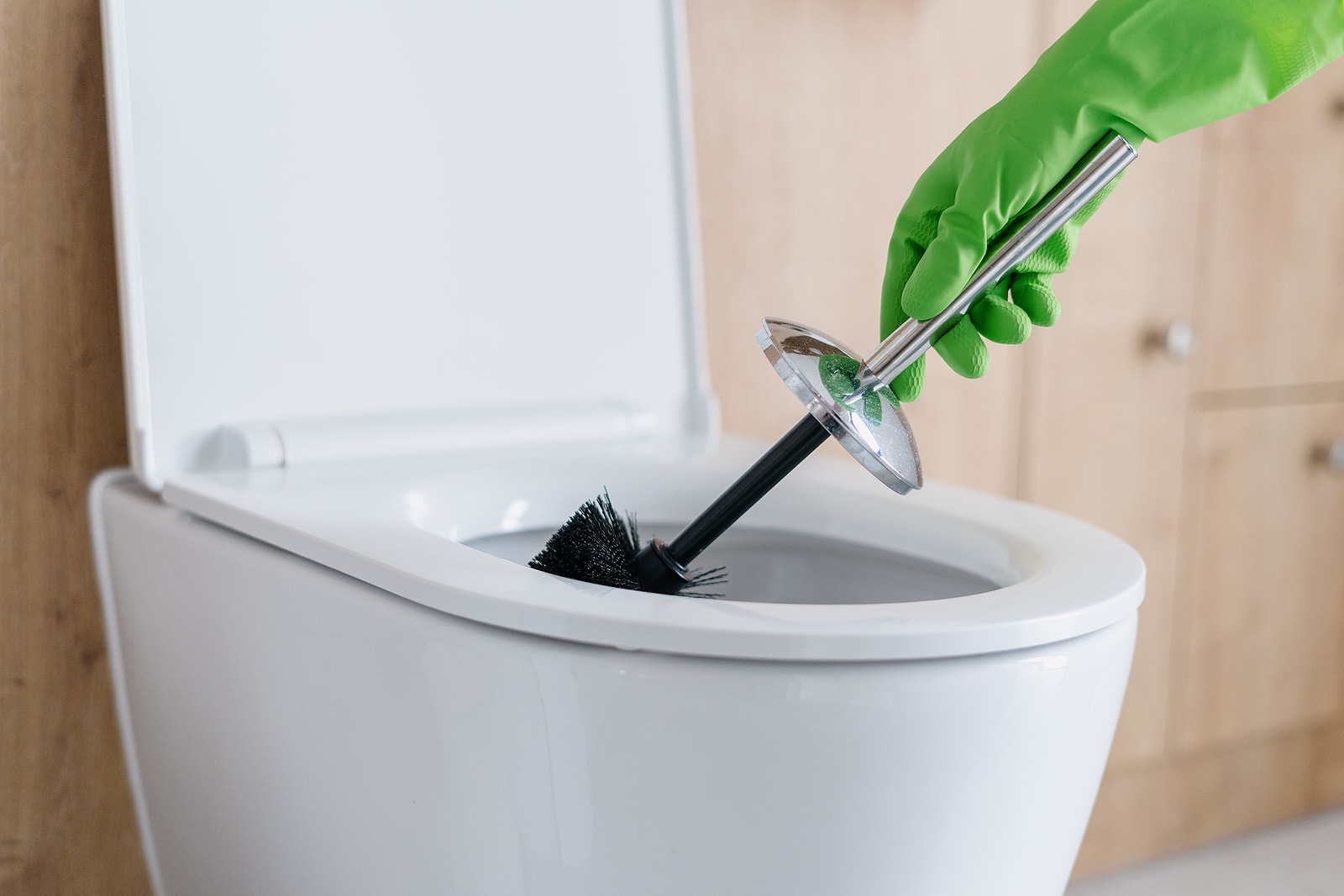
Credit: www.springwellwater.com
Frequently Asked Questions On How To Clean Septic
What Are The Signs That Your Septic Tank Is Full?
Signs that your septic tank is full include slow draining sinks and toilets, gurgling sounds in the pipes, unpleasant odors around the drains, and sewage backups in your home. Regular maintenance and pumping every 3-5 years can help prevent these issues.
What Is The Best Way To Clean A Septic Drain?
The best way to clean a septic drain is by scheduling regular pumping and maintenance every three to five years. Avoid flushing non-biodegradable substances like wipes and paper towels down the toilet. Use water efficiently, and consider adding natural bacteria additives to help breakdown waste in the septic tank.
What Can You Put In Septic Tank To Clean It?
One way to clean a septic tank is by using septic tank treatment products. These products contain natural bacteria and enzymes that break down waste and kill harmful bacteria. Regular use of these treatments can help maintain a clean and healthy septic system.
How Many Loads Of Laundry A Day Are Safe To Do With A Septic Tank?
A septic tank can handle around 8-10 loads a week, which averages to 1-2 loads a day. Be cautious not to overload the tank to prevent issues.
Conclusion
Cleaning your septic system is an essential task to maintain its efficiency and prevent costly repairs. By following the steps outlined in this blog post, you can effectively remove accumulated sludge and prevent future clogs. Regular maintenance, such as pumping and inspections, will help ensure the longevity of your septic system.
Remember that proper waste disposal practices and water conservation are also key for optimal septic system function. Stay proactive, and your septic system will serve you well for years to come.
